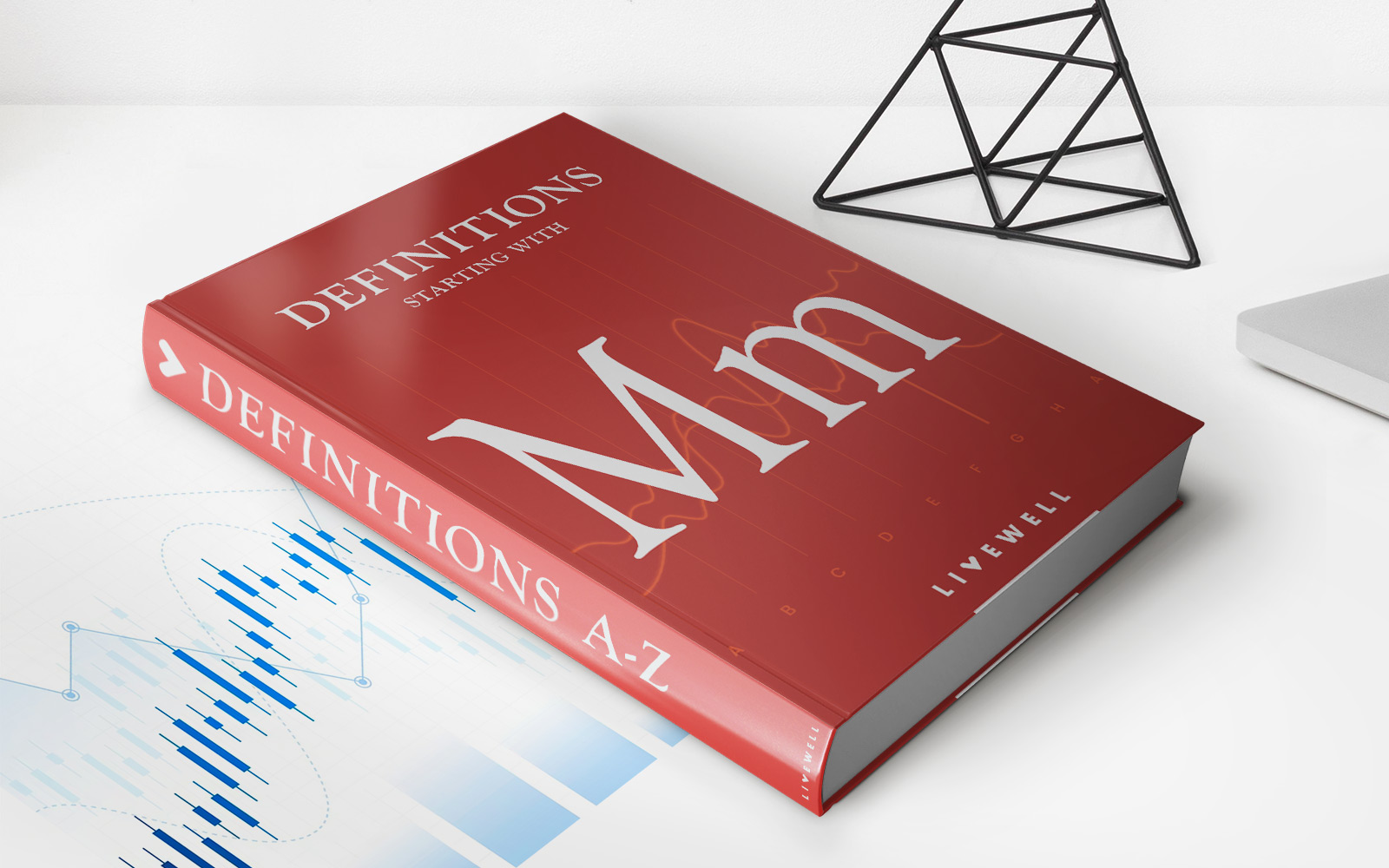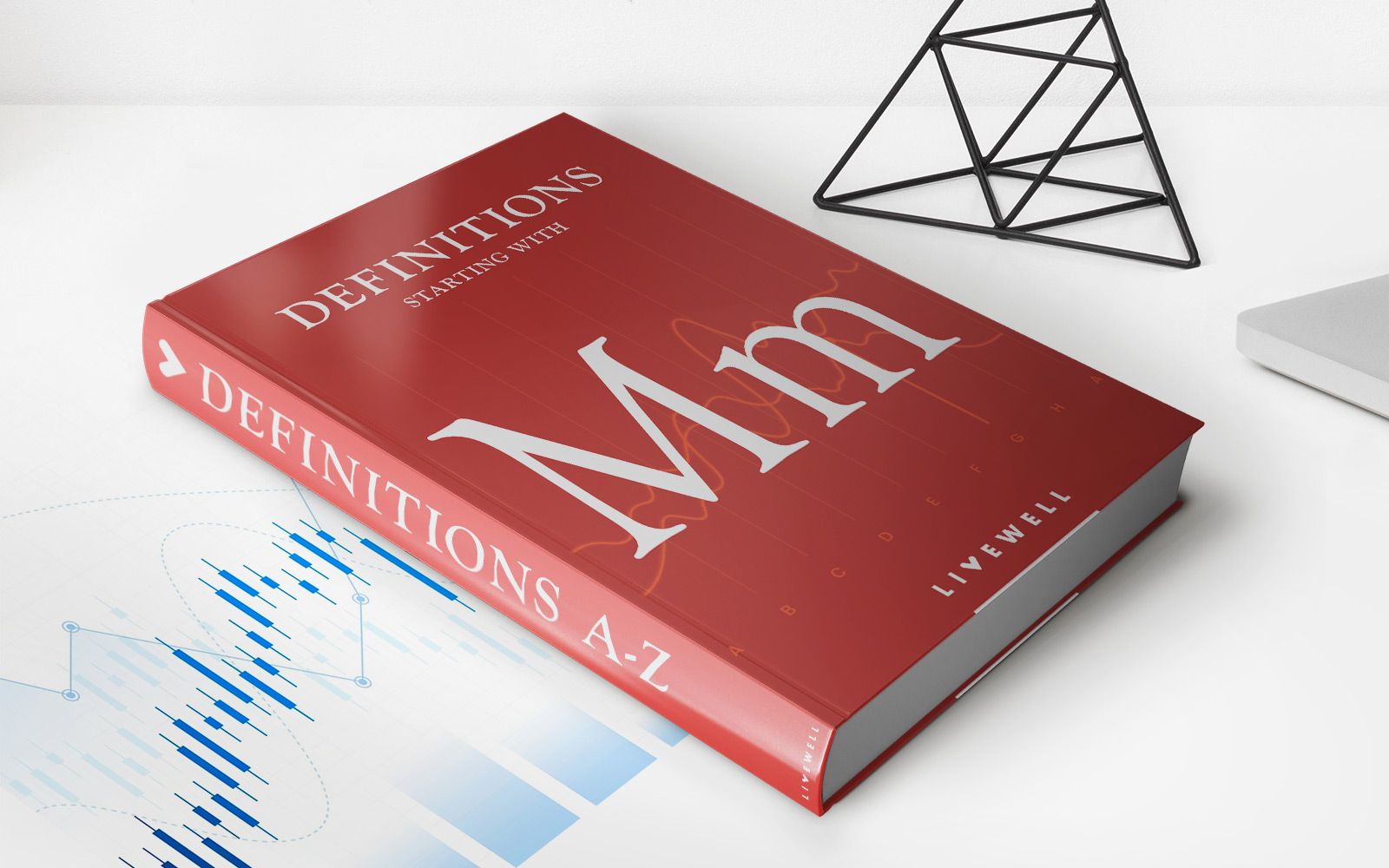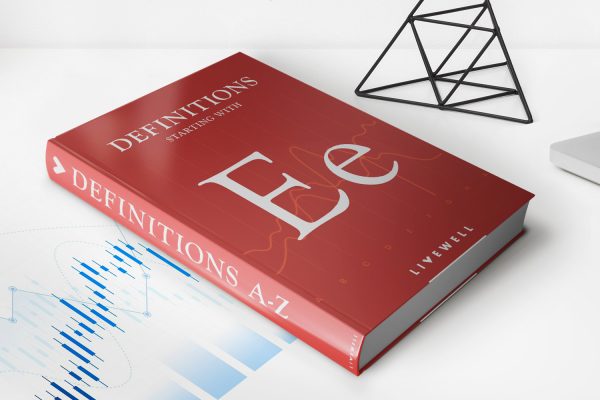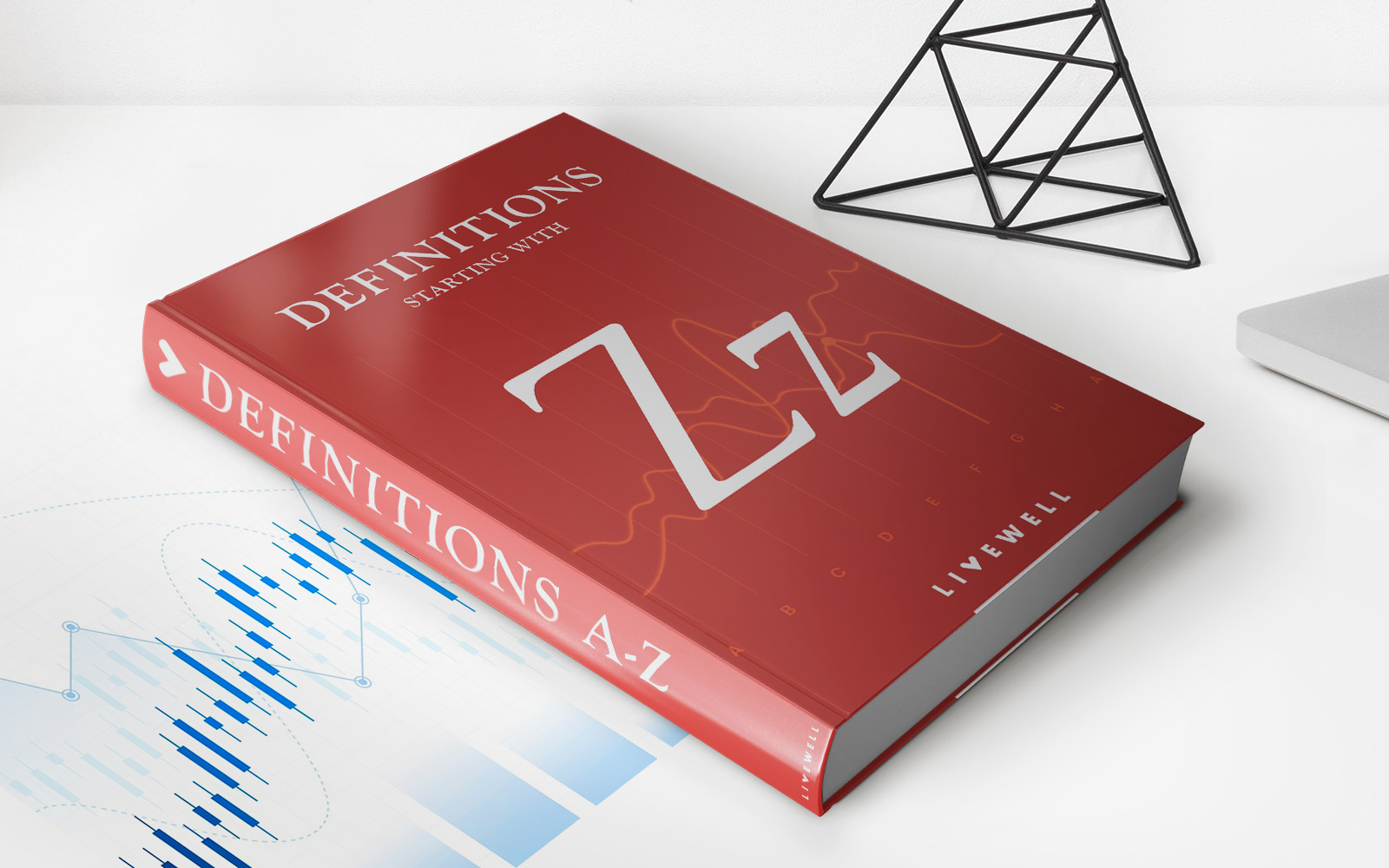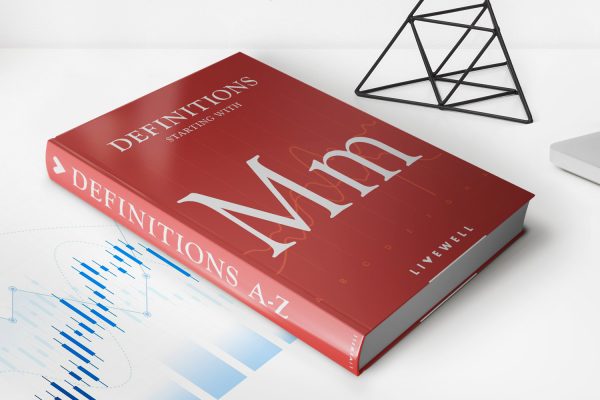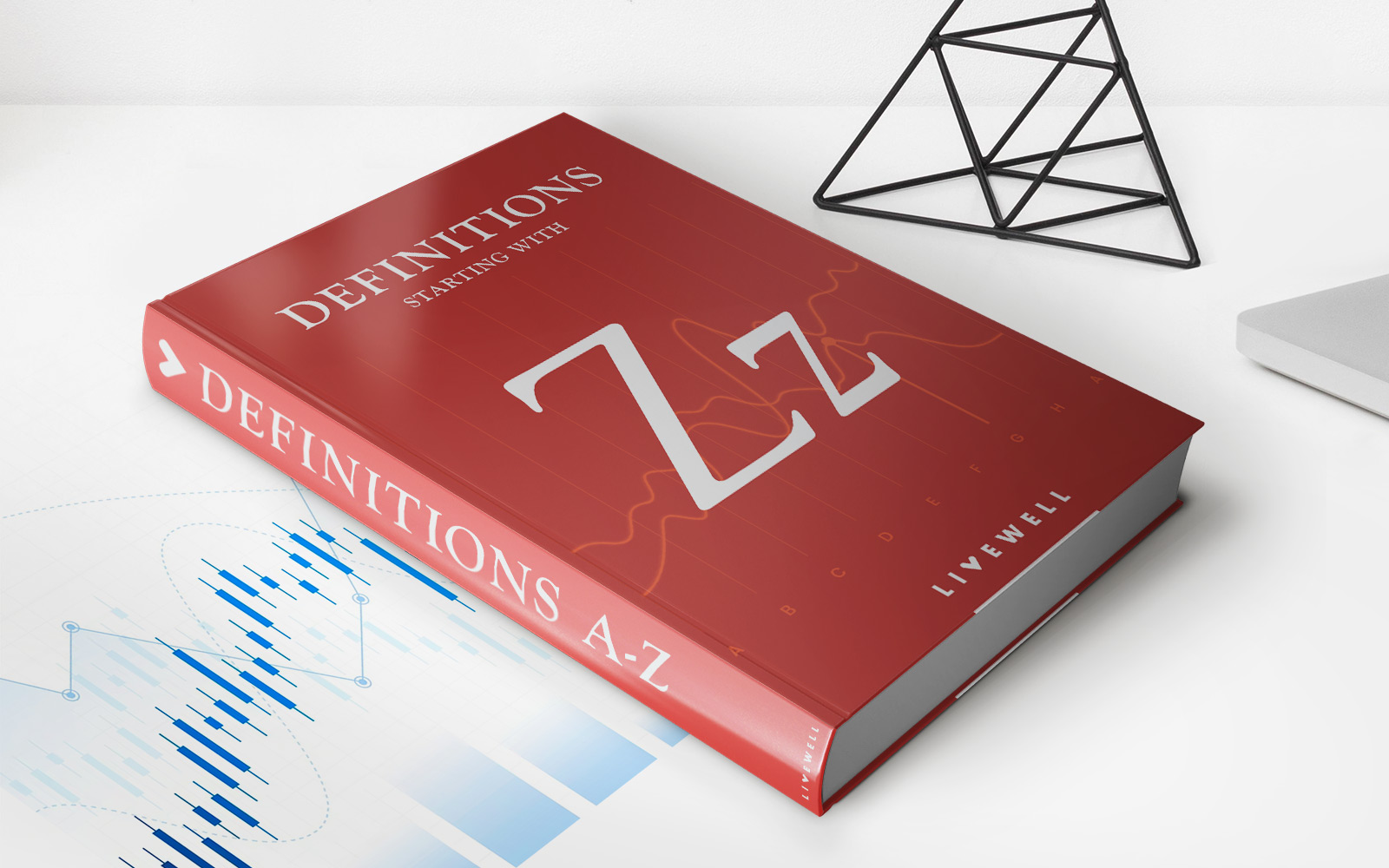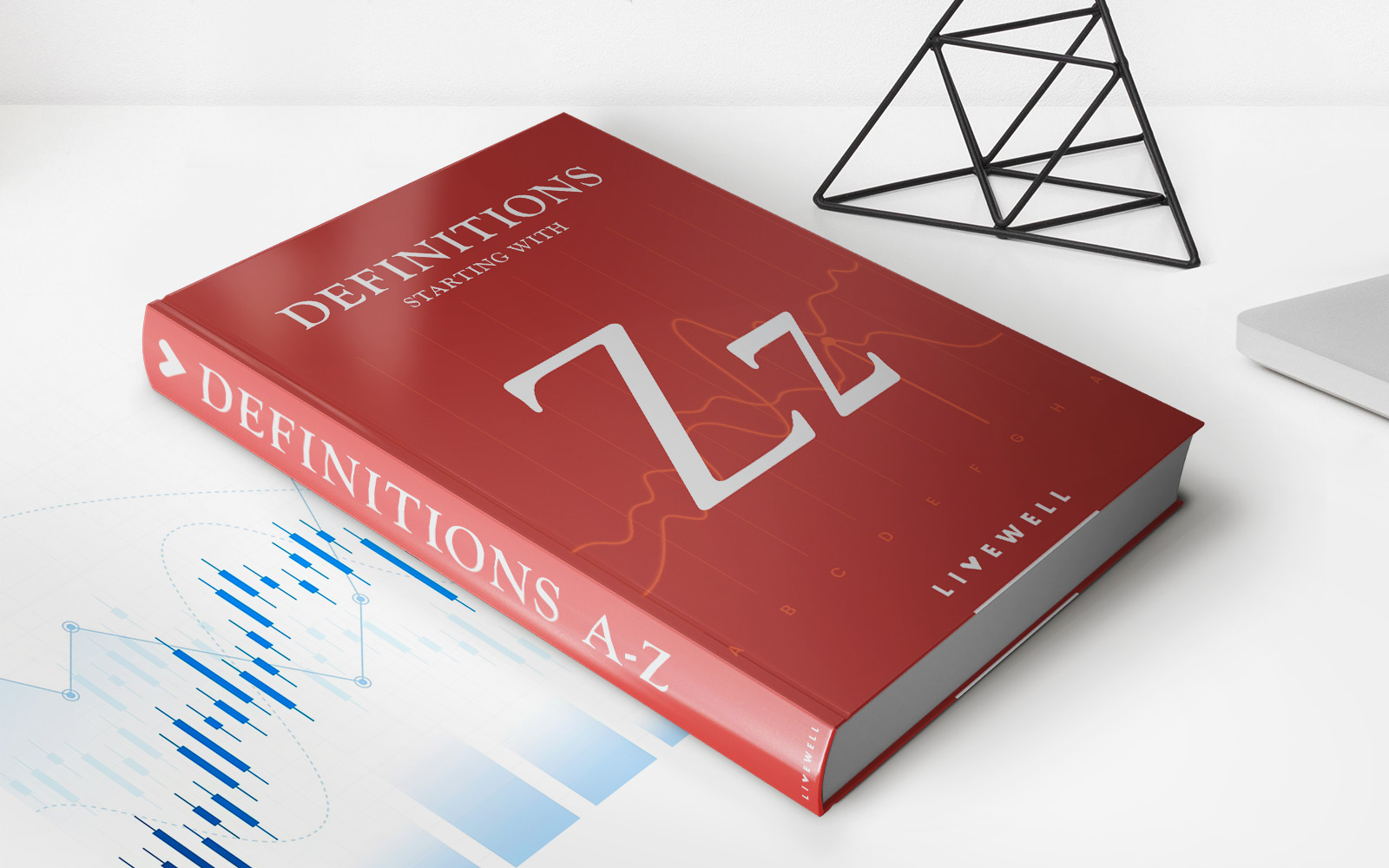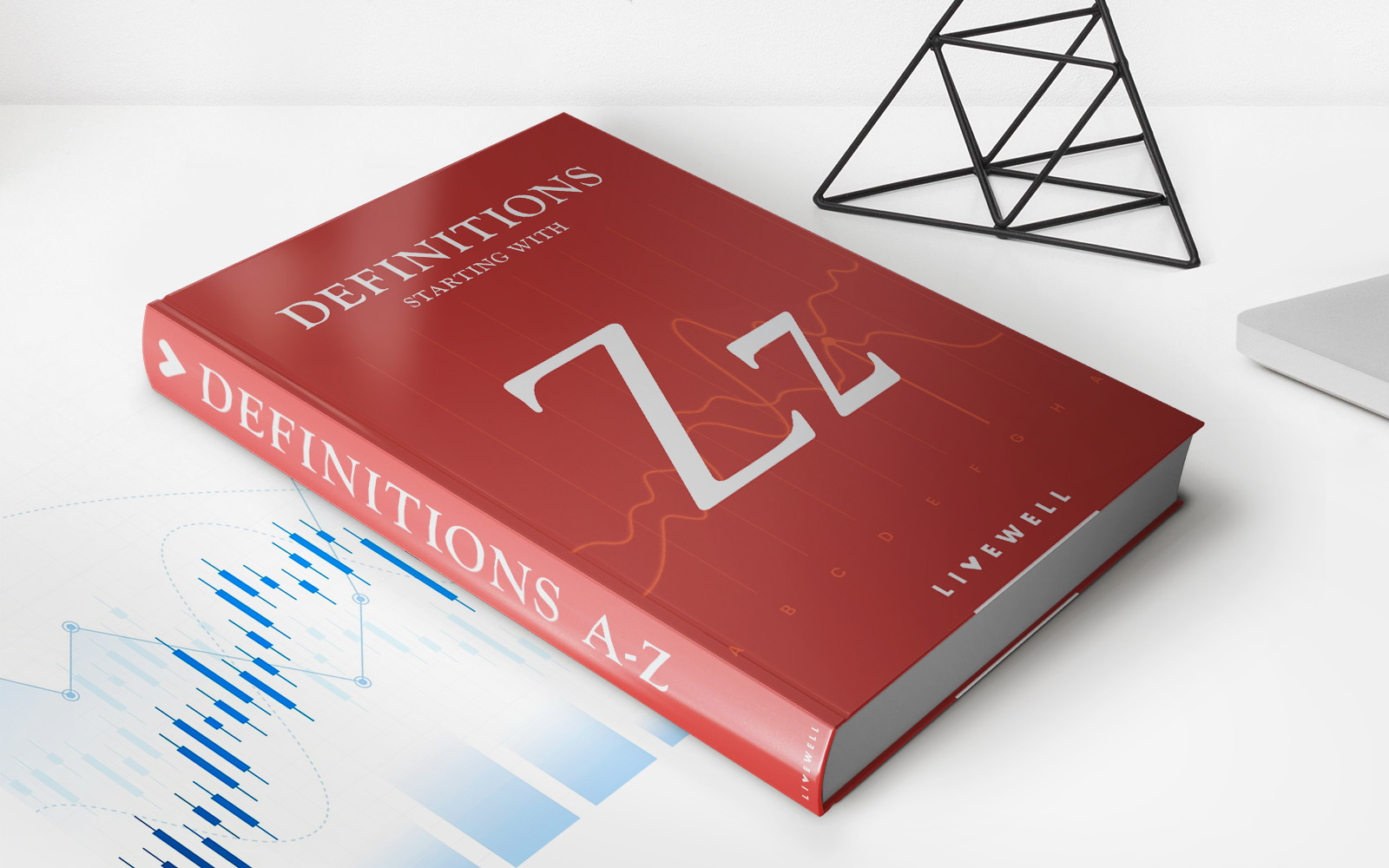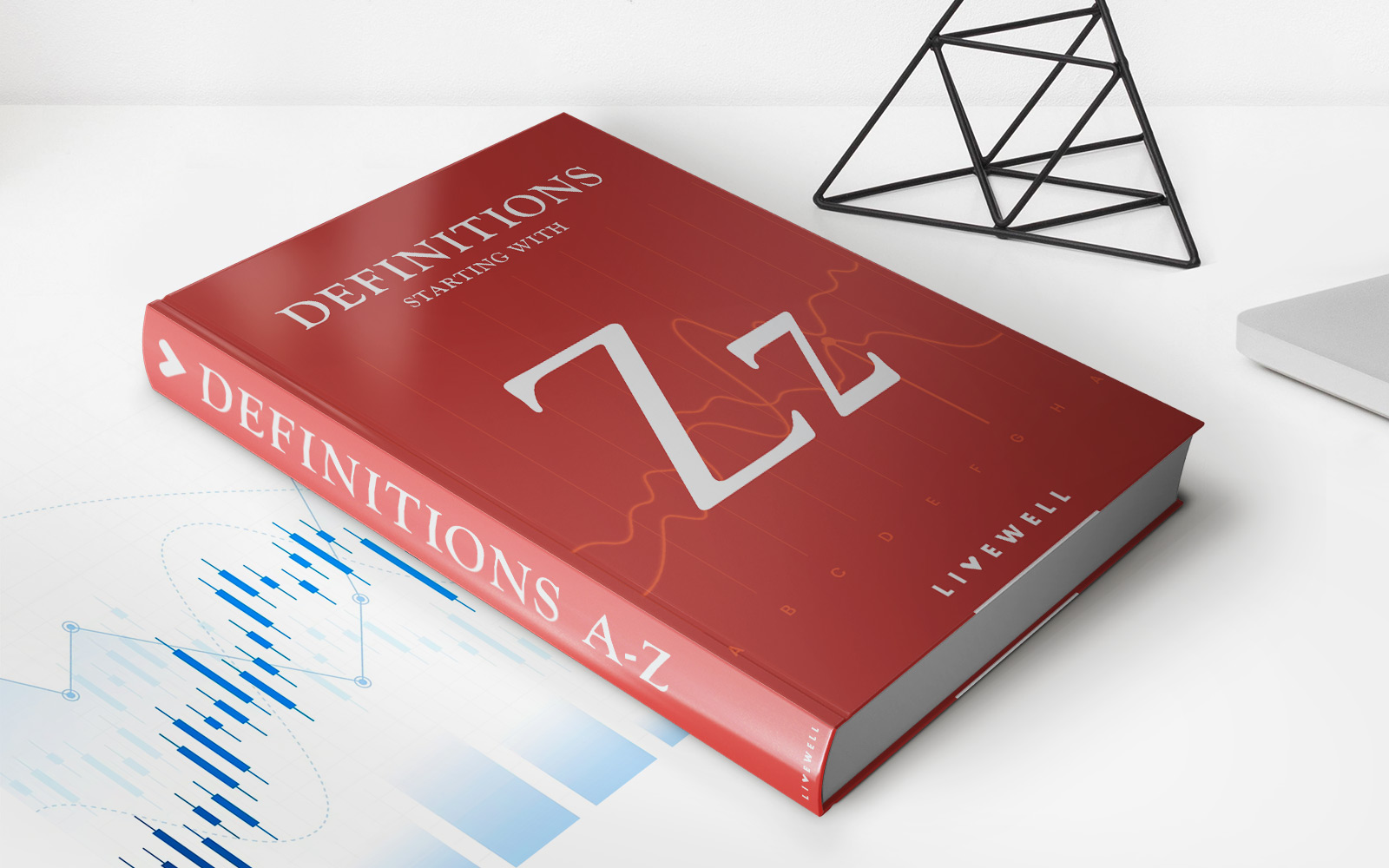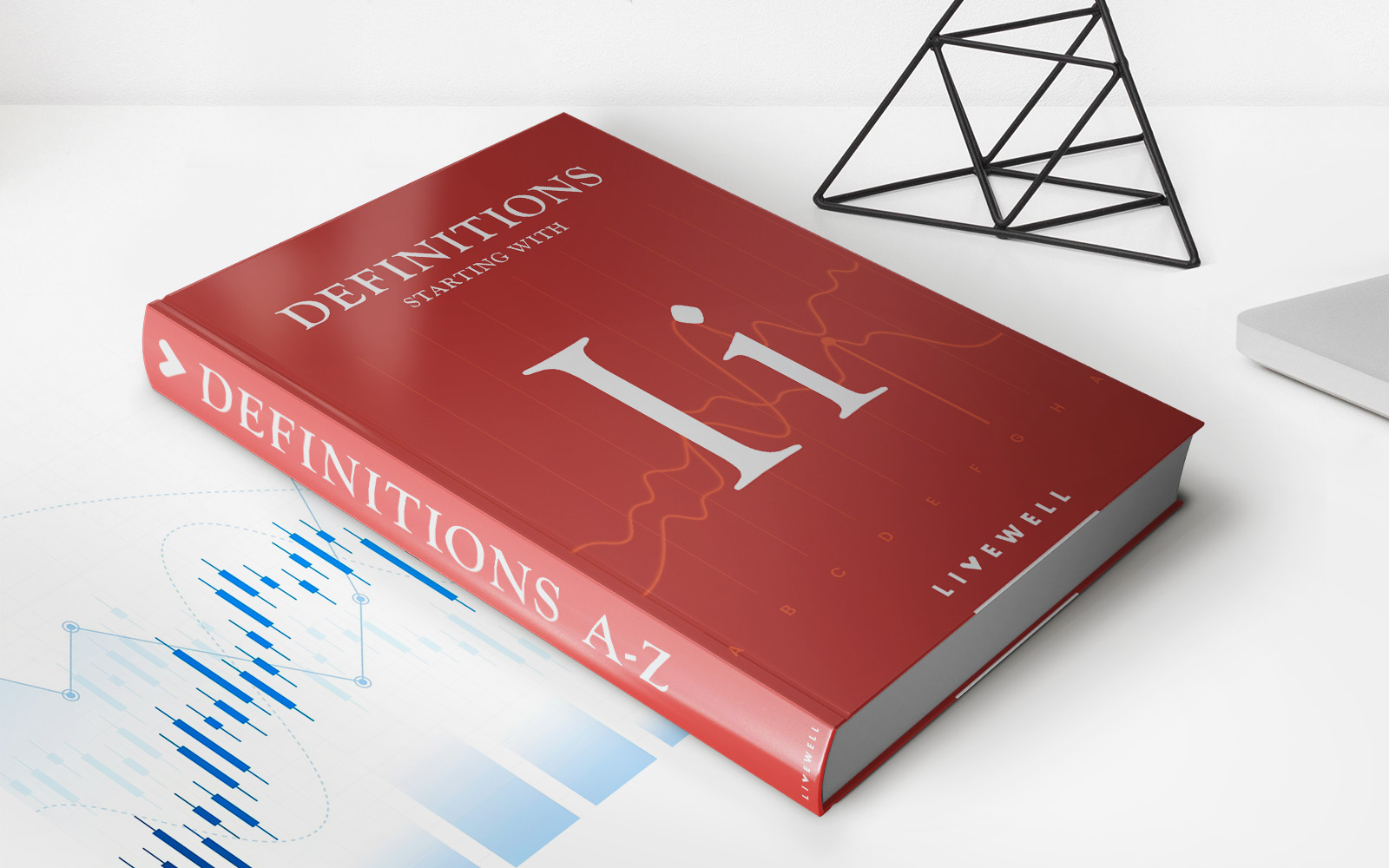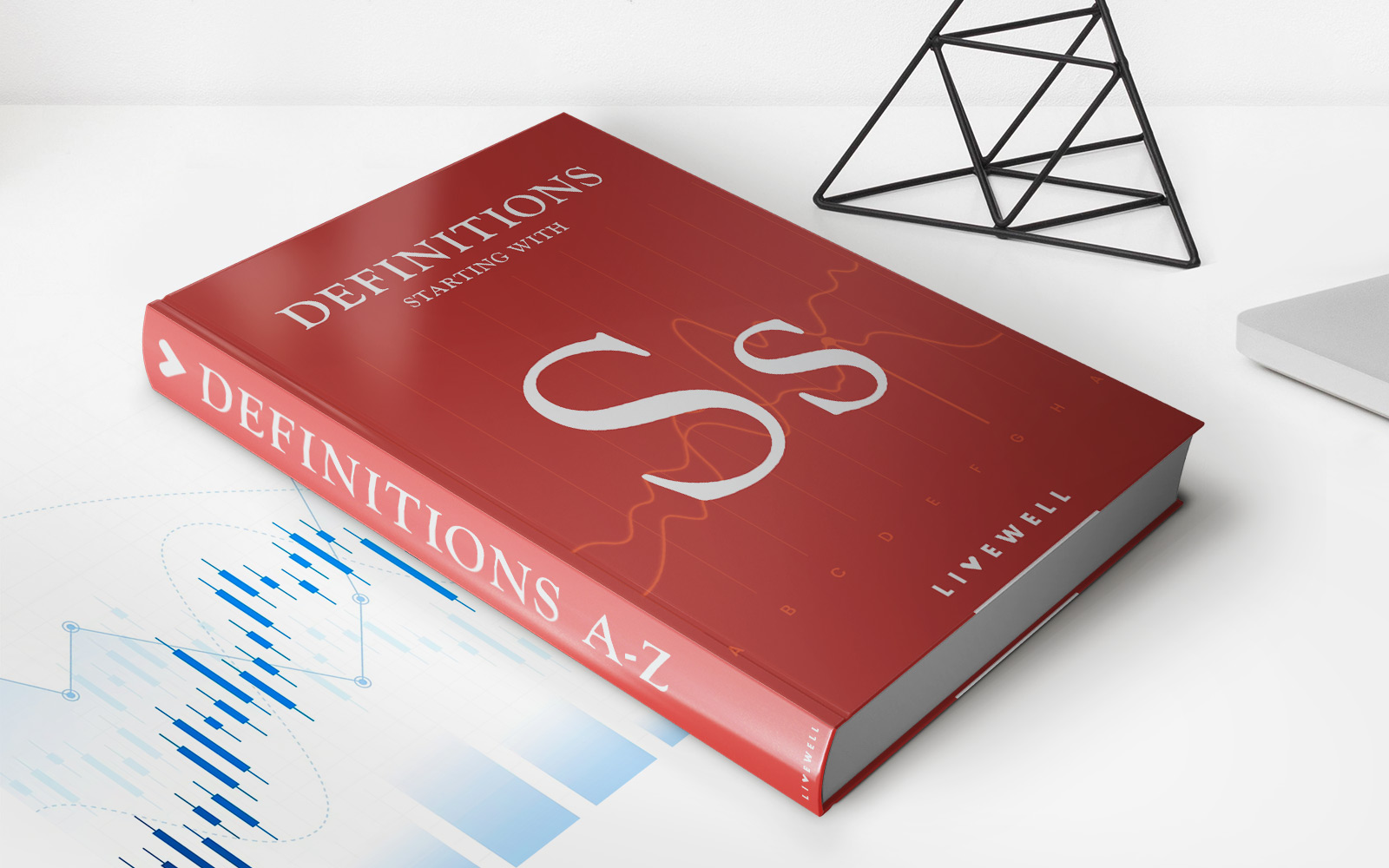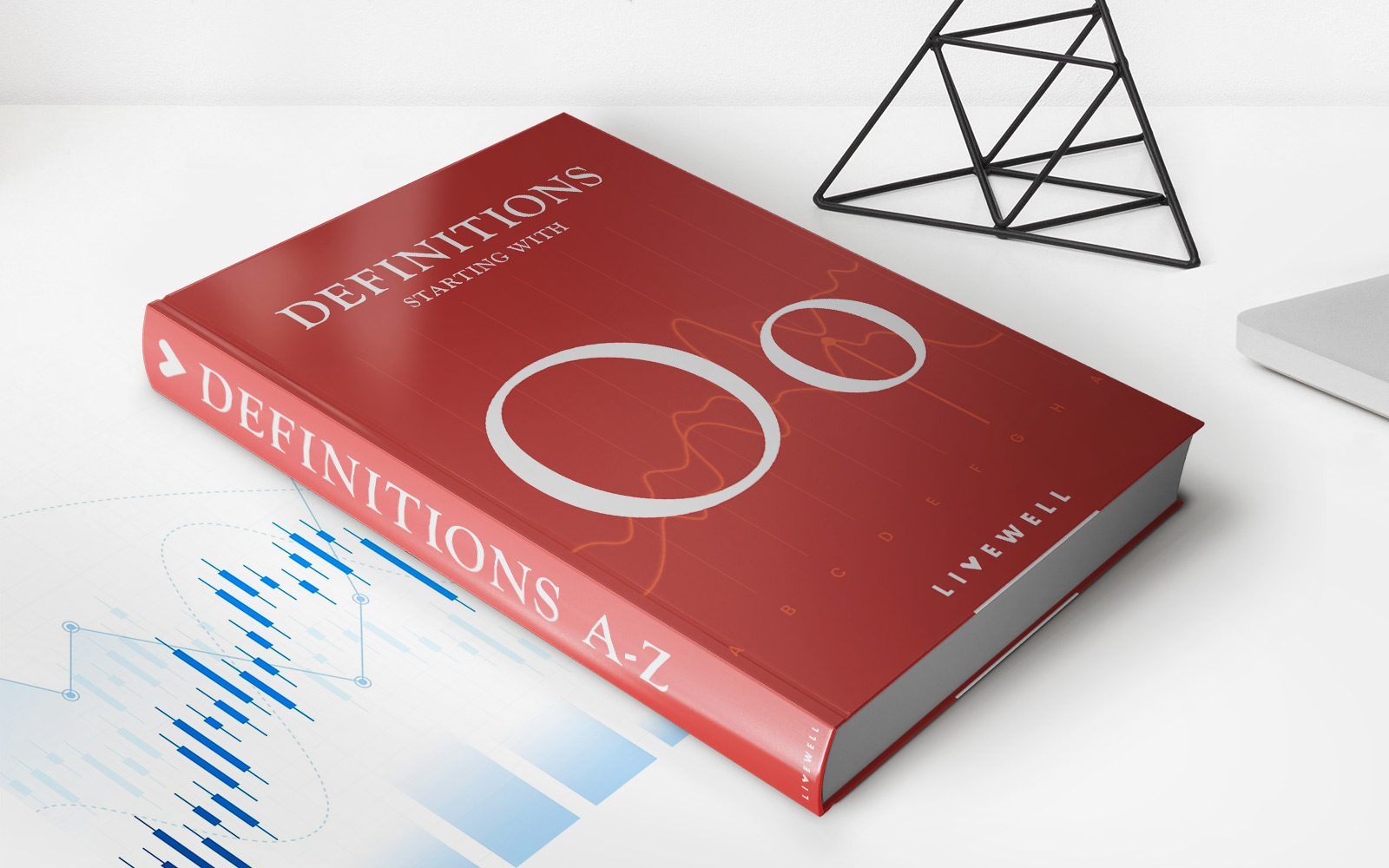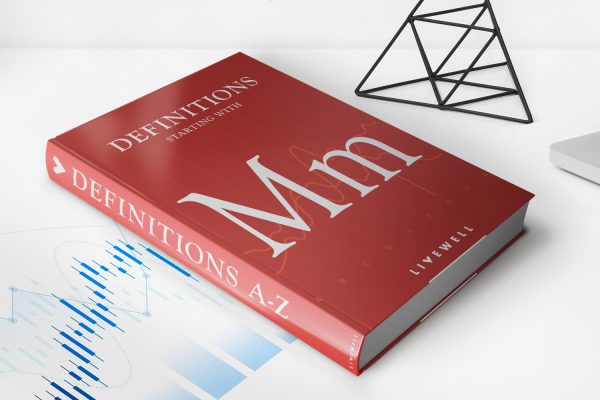
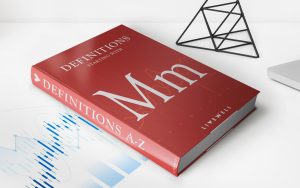
Finance
Money Zero Maturity (MZM) Definition
Published: December 26, 2023
Learn about money zero maturity (MZM) in finance and how it is defined. Discover the significance and implications of MZM in the financial industry.
(Many of the links in this article redirect to a specific reviewed product. Your purchase of these products through affiliate links helps to generate commission for LiveWell, at no extra cost. Learn more)
Understanding Money Zero Maturity (MZM) Definition
When it comes to managing our finances, it’s important to have a solid understanding of the various financial terms and concepts that exist. In the vast world of finance, one term that may not be as widely known is Money Zero Maturity (MZM). In this blog post, we will delve into the MZM definition, its significance, and how it relates to personal finance.
Key Takeaways:
- MZM refers to a measure of money supply within an economy that includes all types of liquid assets, such as cash, checking accounts, and easily convertible securities.
- Understanding MZM can help individuals and policymakers gauge the overall liquidity and economic health of an economy.
MZM serves as a valuable tool for economists and financial analysts to assess the level of liquidity in an economy. It is a broader measure of money supply as compared to other metrics like M1 or M2. The MZM definition encompasses all easily accessible forms of money, providing a comprehensive snapshot of the overall liquidity available at any given time.
So, what exactly does MZM include? Let’s break it down:
- Cash: This refers to physical currency, such as coins and banknotes, that individuals can use for daily transactions.
- Checking Accounts: MZM takes into account the amount of money held in checking accounts, which is easily accessible for spending.
- Savings Accounts: Contrary to popular belief, MZM does not include savings accounts as they are less liquid than checking accounts.
- Money Market Funds: These funds invest in highly liquid, short-term debt securities and are considered part of the MZM definition.
- Treasury Bills: These are short-term government securities that are highly liquid and included in MZM.
By including these various forms of liquid assets, MZM offers a more accurate representation of the overall money supply in an economy. It is used by policymakers and economists to monitor changes in liquidity levels, which can provide insights into the overall health of the economy and potential inflationary pressures. For individuals, understanding MZM can help gauge the accessibility of money and make informed financial decisions.
In conclusion, Money Zero Maturity (MZM) is an important concept in finance that involves a broader measure of money supply, encompassing various liquid assets. It helps economists and policymakers assess the overall liquidity and economic health of an economy. Understanding MZM can also be beneficial for individuals in managing their personal finances. By being aware of the various forms of money included in MZM, individuals can better assess their own liquidity and make sound financial choices.
